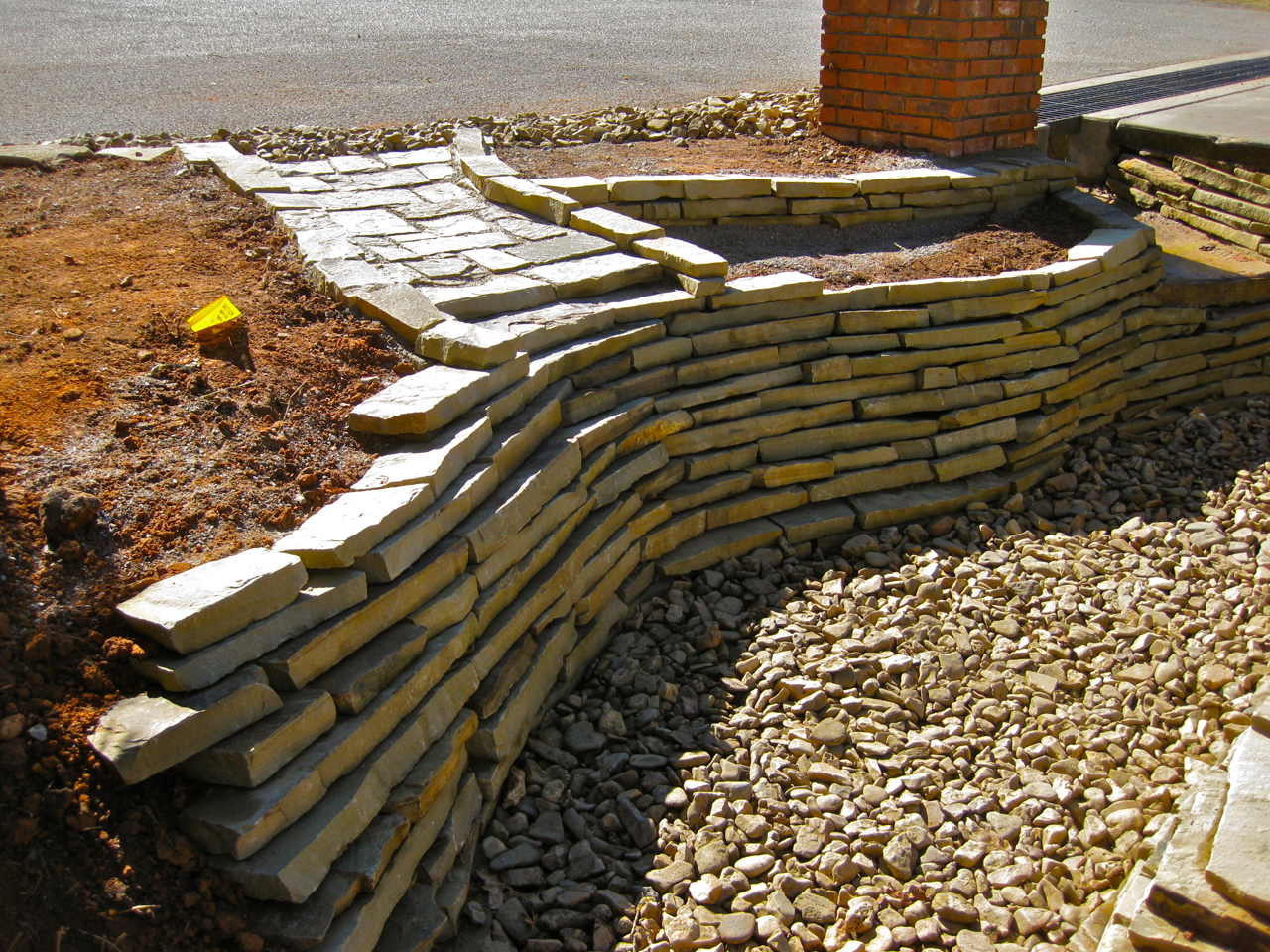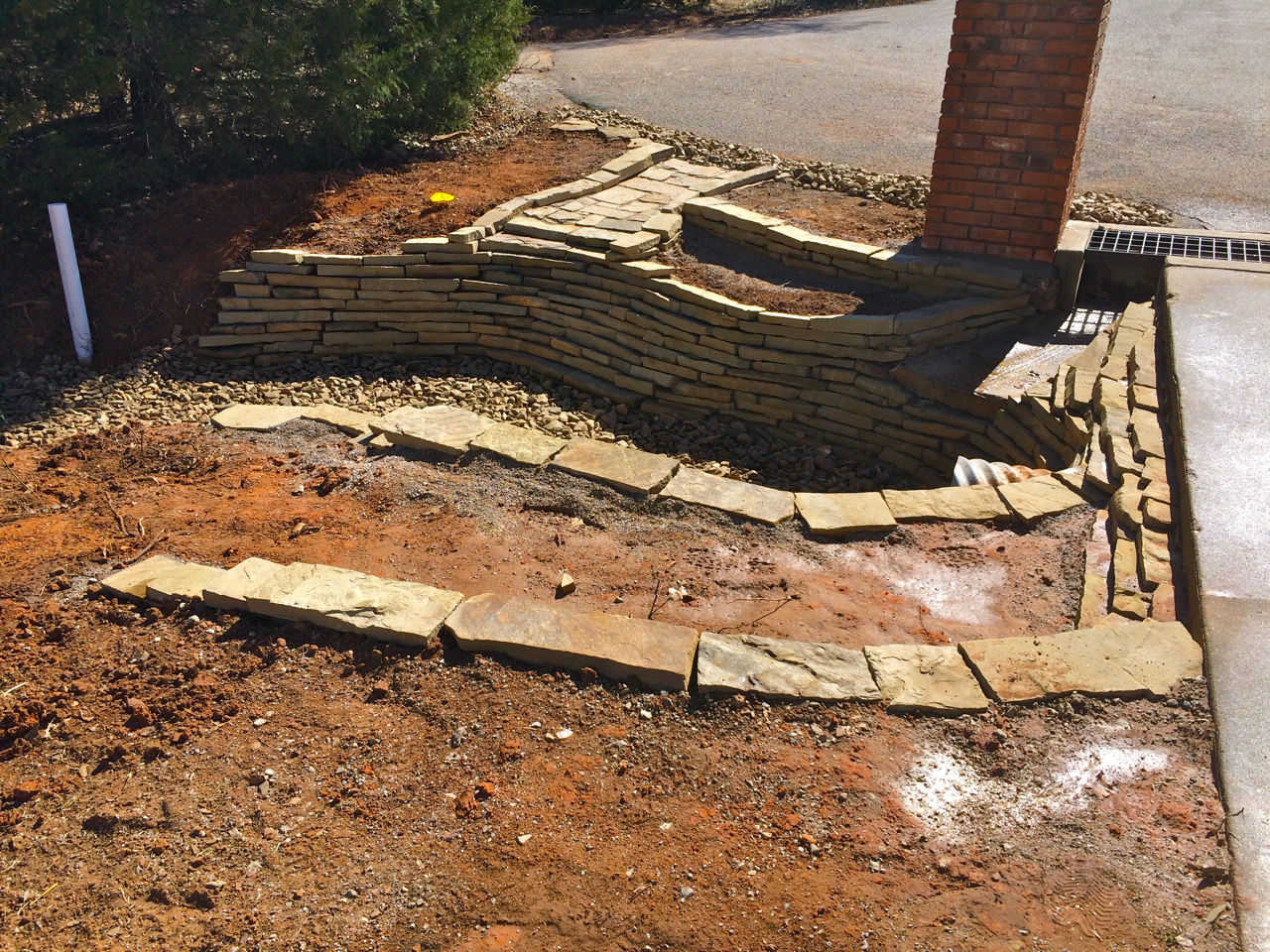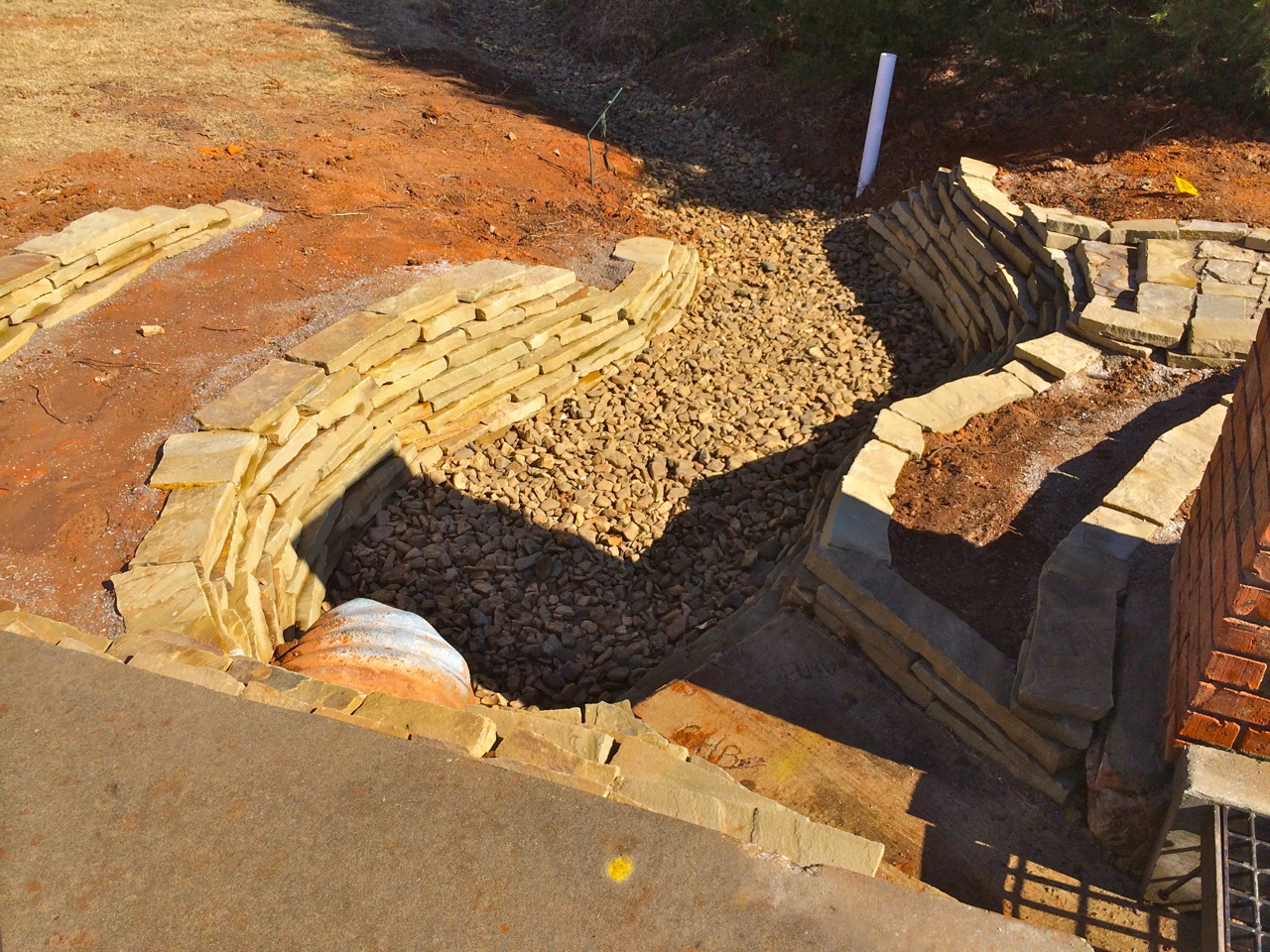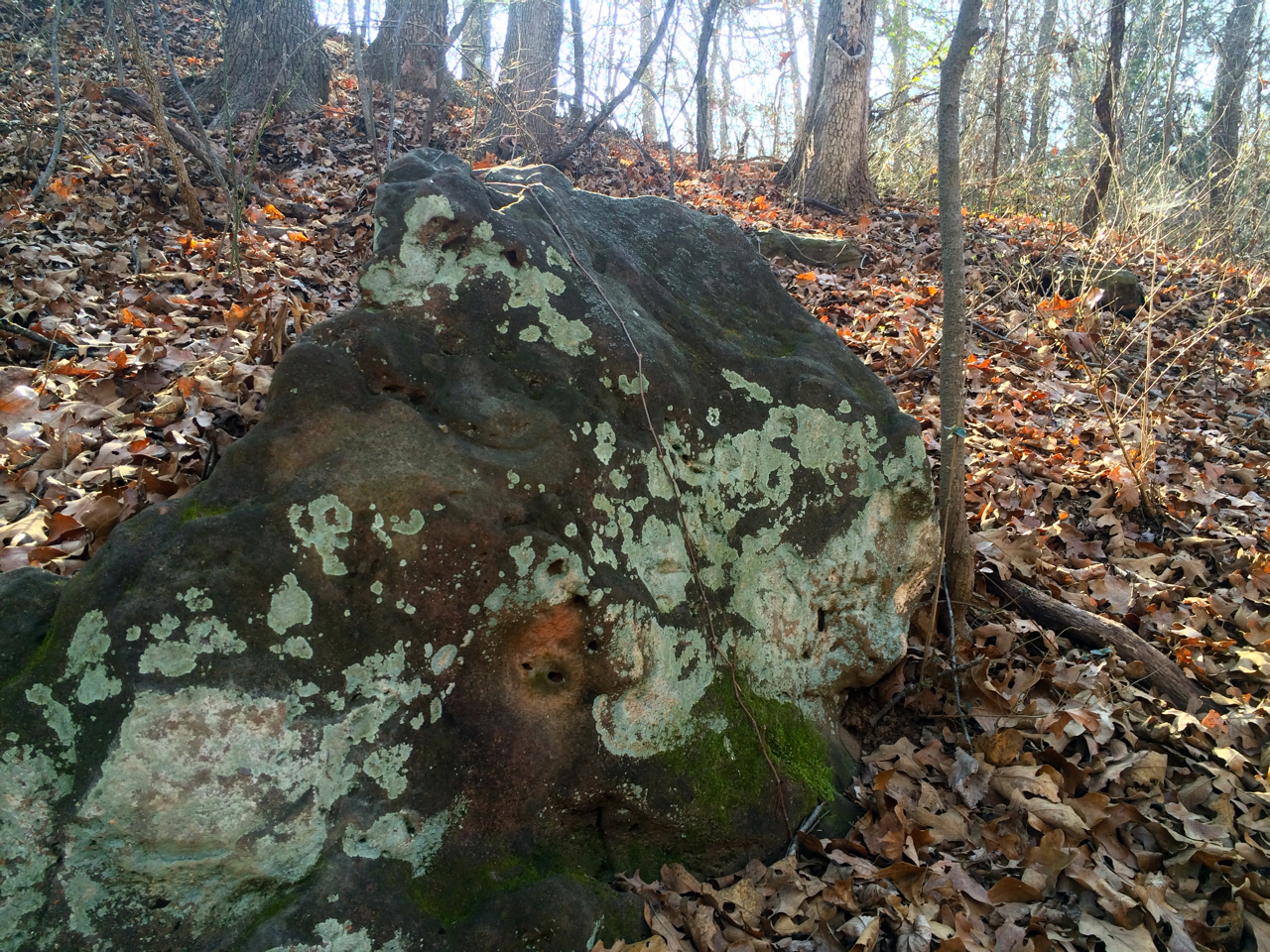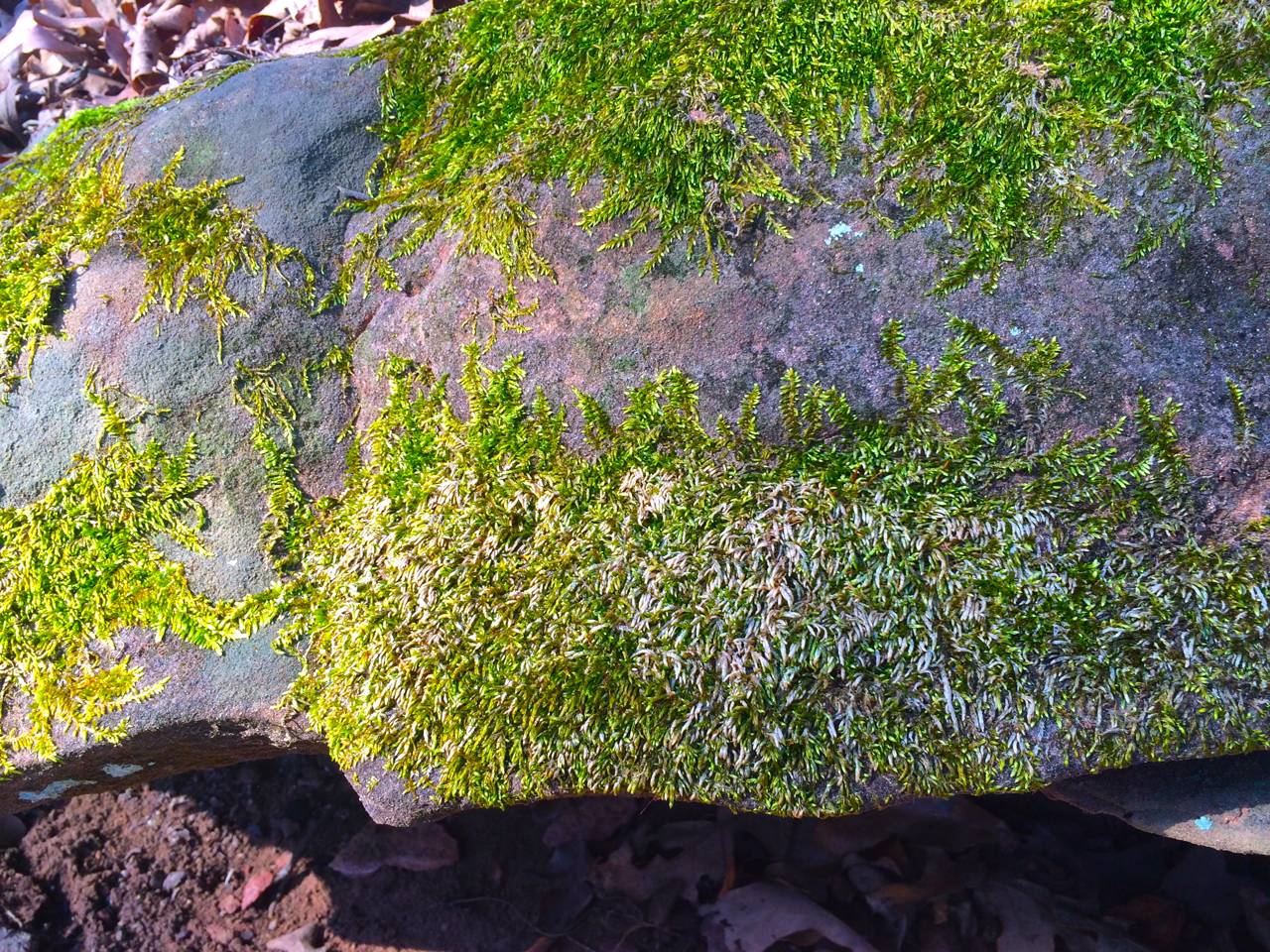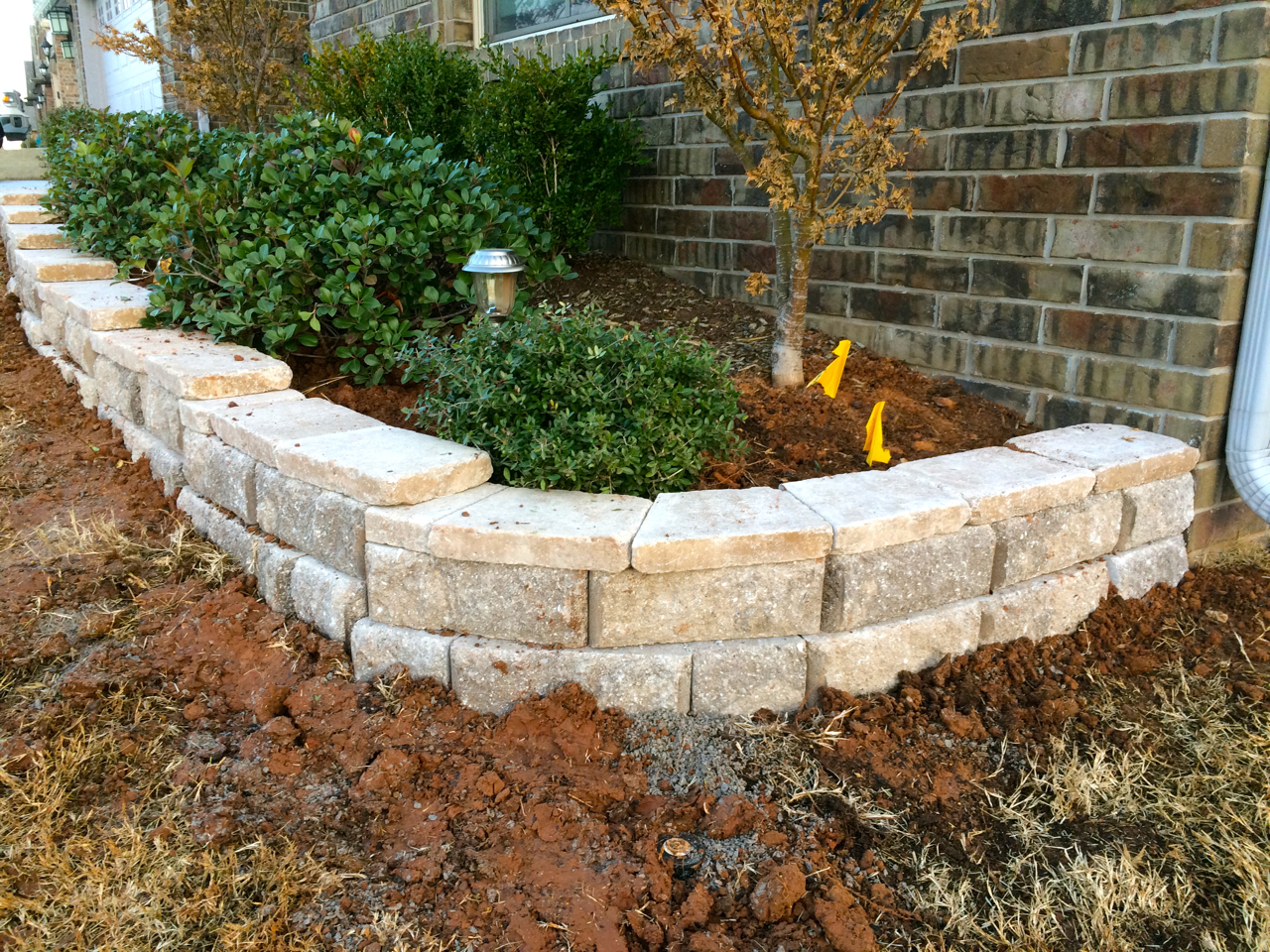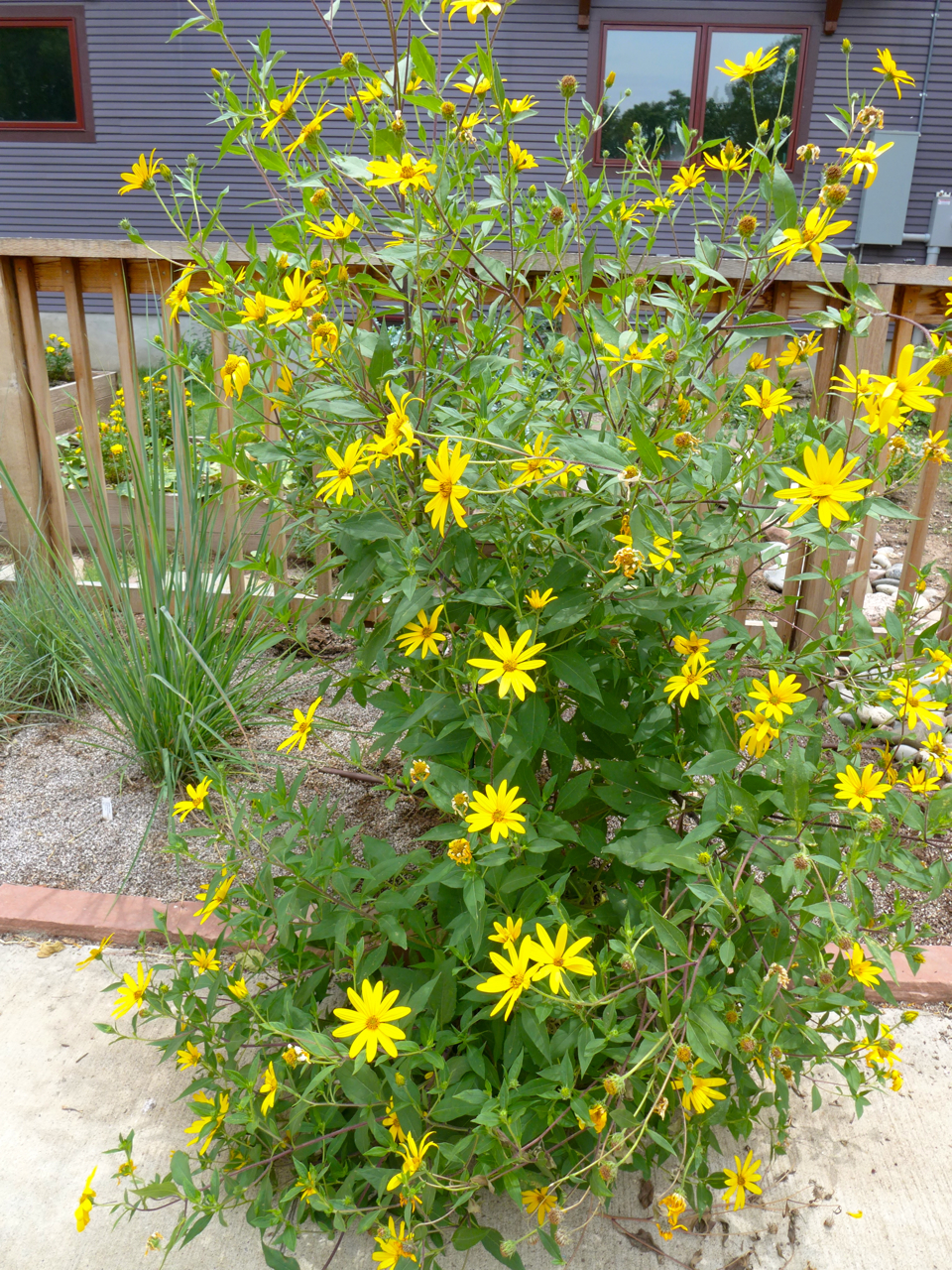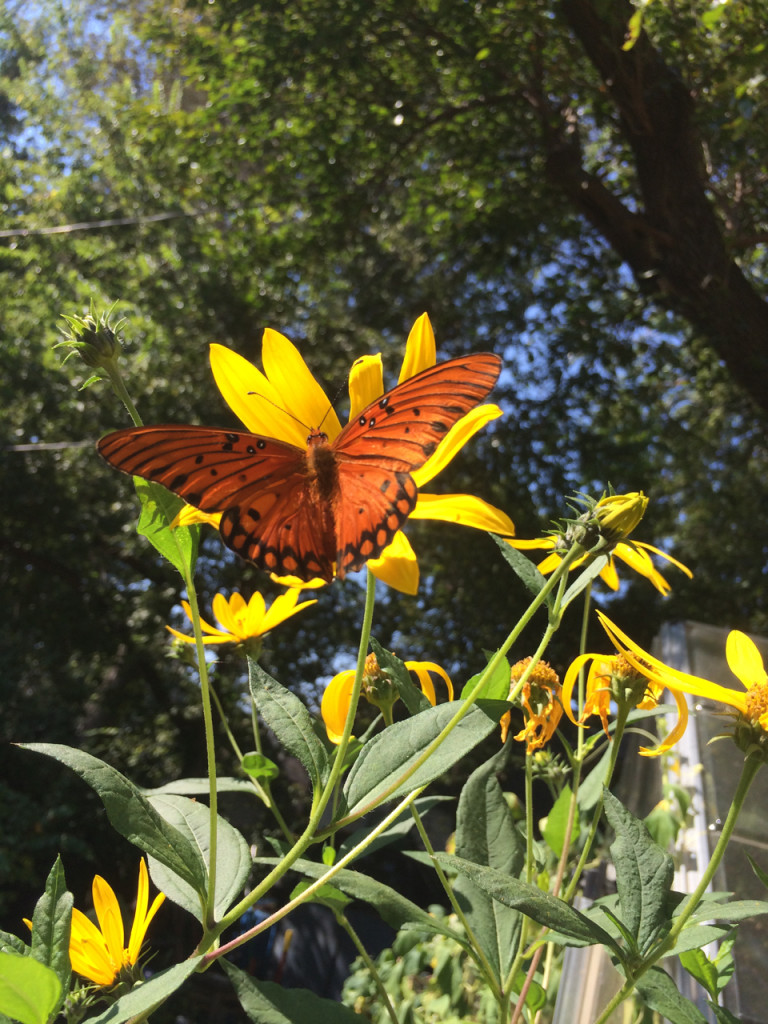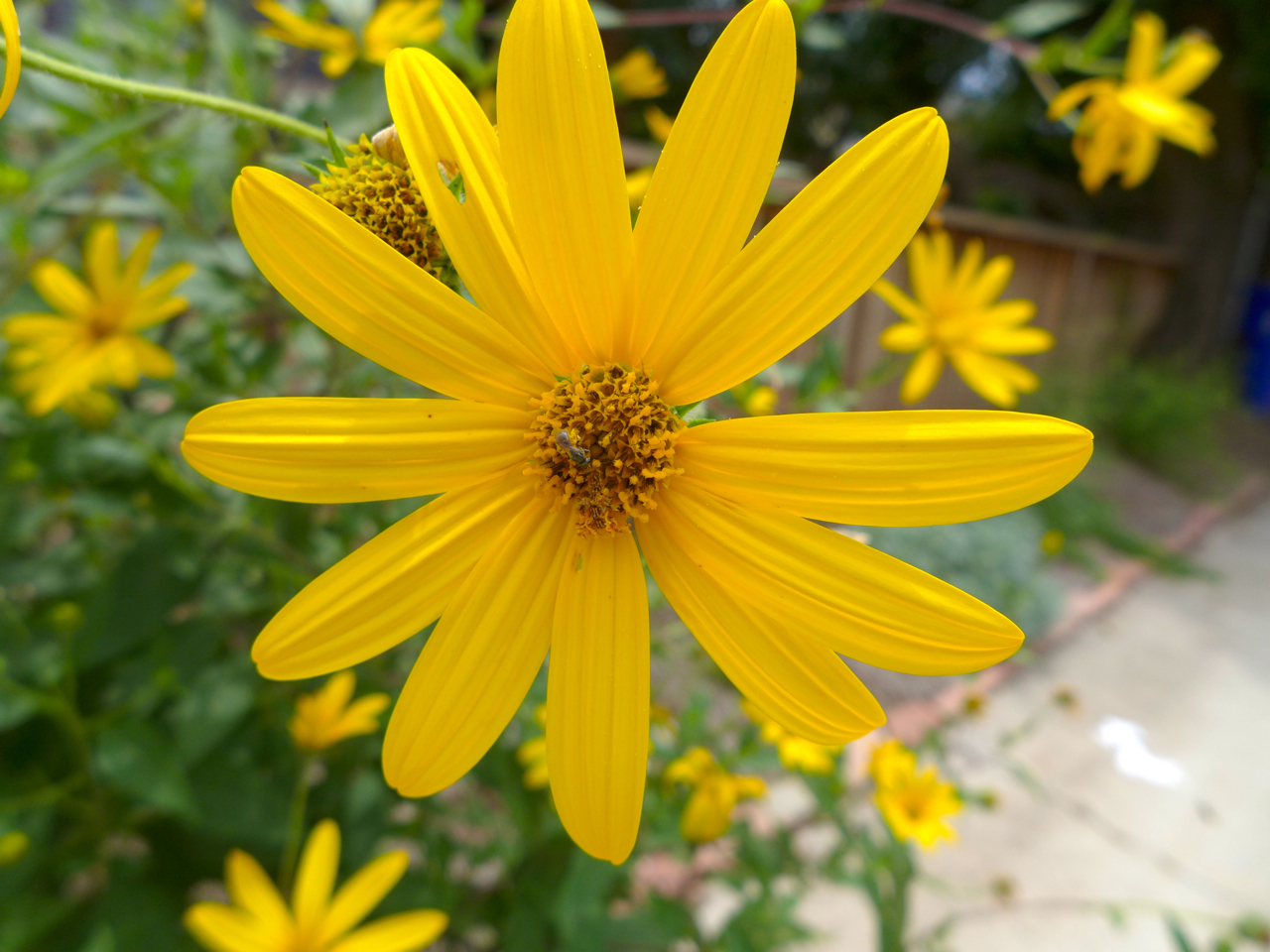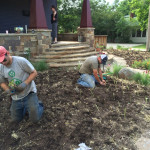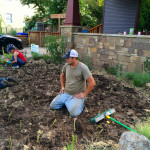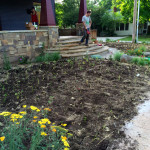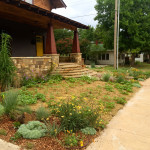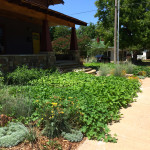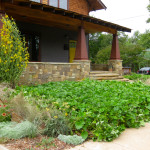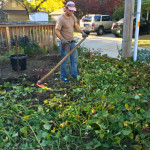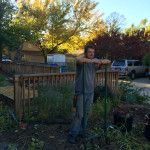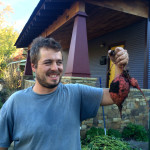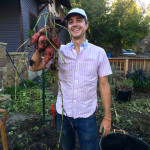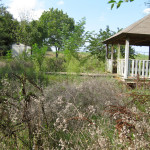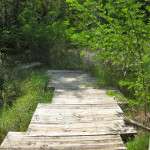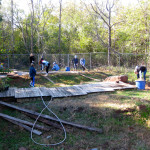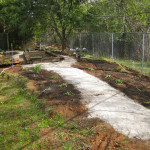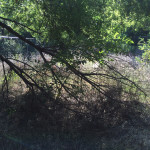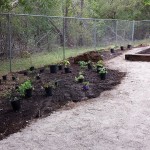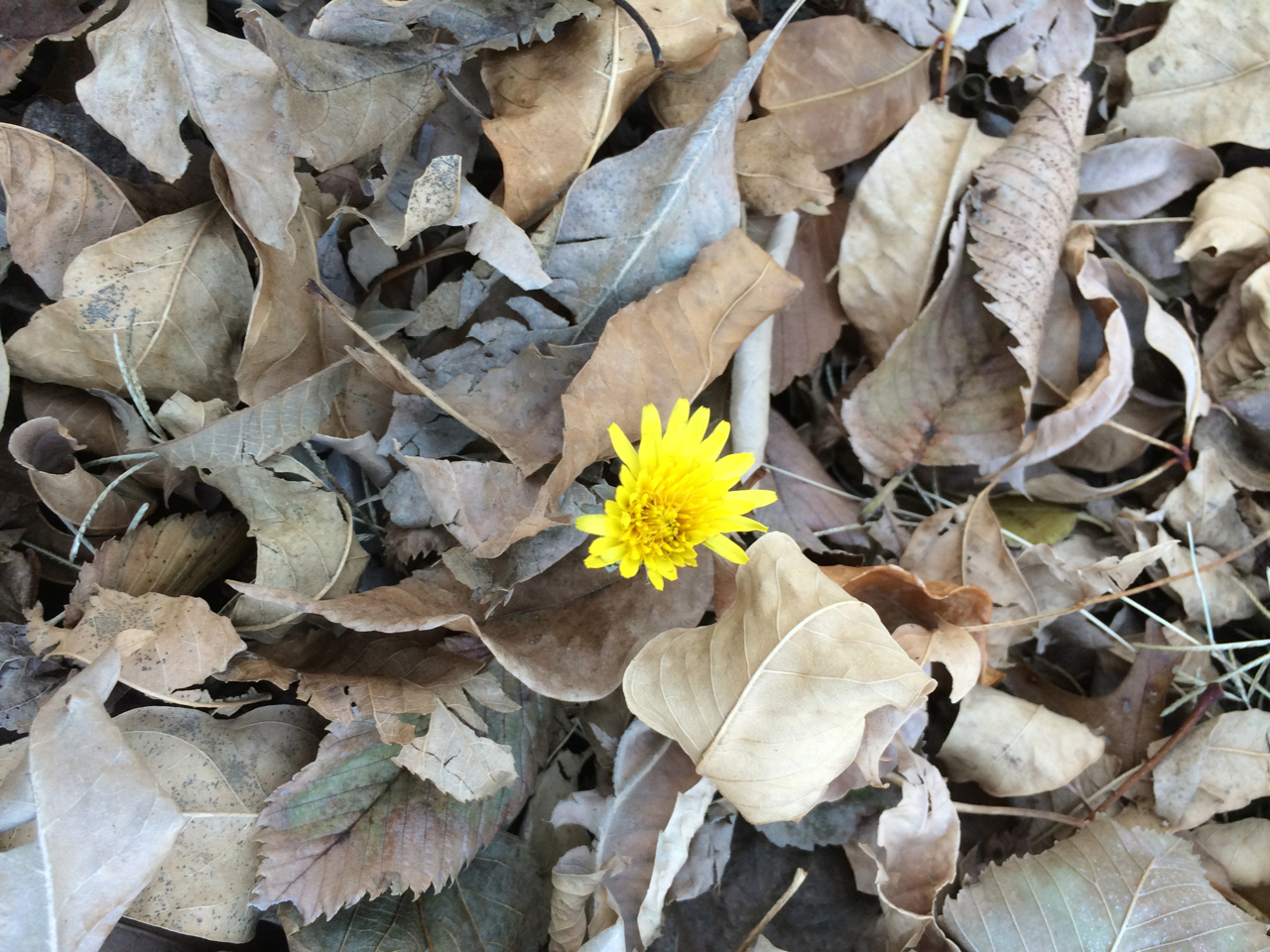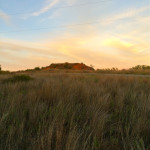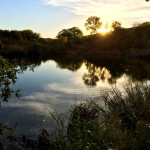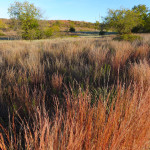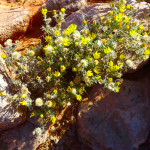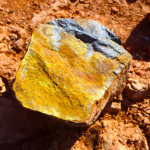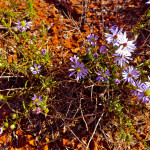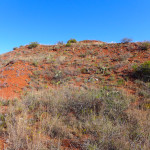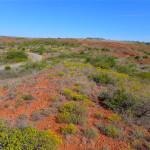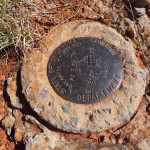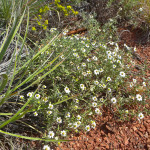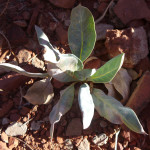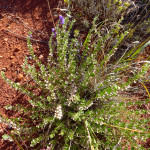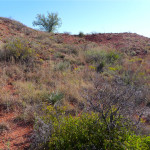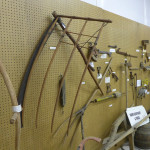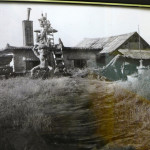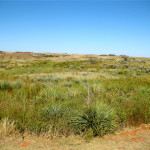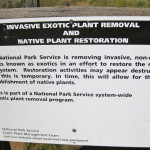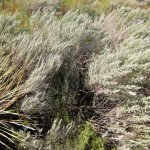Author: Adam
Valentine Rose Care

It’s that time of year again when love is in the air and the hearts of all turn to one beautiful flowering plant, the rose. It’s fitting that Valentine’s Day marks a good time for the late winter care of roses. Now is the time of year when roses need to be pruned, fertilized and top dressed in anticipation of the coming spring. Roses may seem to be somewhat imposing, but with the proper gear (rose gloves and a sharp good quality pair of pruners) they can actually be fun to work with. Pruning your roses comes down to a few simple steps of reducing the size to a desirable shape, removing dead and diseased canes and opening up the center to allow for better air flow. Roses are susceptible to fungal diseases and proper air circulation will help decrease their chances of catching one of these diseases. The best place to cut is just above an outward facing bud on each cane you wish to keep. A good rule of thumb is to reduce the rose by about 30%, but they can often handle much harsher pruning. It’s also a good idea to rake up any fallen rose leaves around the base of you plants and discard these. If your roses have had any disease problems cleaning up last years leaves will help maintain a better chance for health this season. But it’s not just pruning and clean up that roses need this time of year, they also need to be fed! One simple approach that roses love, is to sprinkle around the base of the plant out to the drip line (to the width of the rose bush) a good organic fertilizer. These days high quality organic fertilizers containing bone meal, blood meal, microbes and mycorrhizal fungi can found at most garden centers and even big box stores. Roses do seem to have a particular affinity for bone meal, alfalfa meal and kelp meal. All of these contain various nutrients and trace minerals that roses like. The phosphorous in bone meal is particularly good at promoting abundant and lovely blooms. After sprinkling your organic fertilizer around the base of your plant, gently cultivate it in with a cultivator or hoe. A top dressing of compost of 1-3 inches on top of this will provide a nice mulch and continue to gently feed the roses for the rest of the season. Some summer pruning may also be needed to keep your roses in good shape. Follow these simple steps and you will have healthy and beautiful roses every year. If you don’t want to tangle with the thorny little beasties yourself, contact us for our expert organic rose care service.
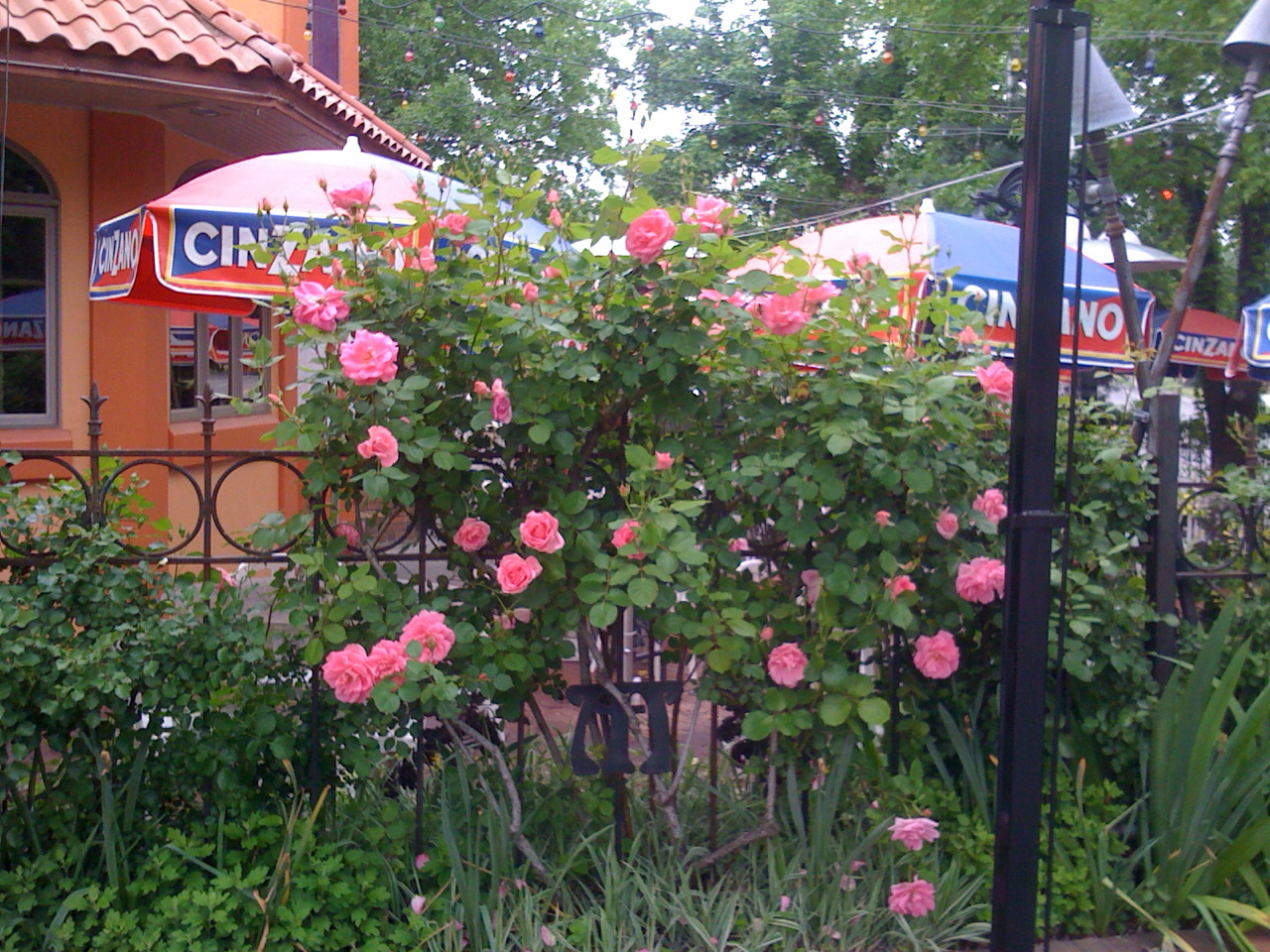
A Shawnee Creek
Small Retaining Wall
Helianthus tuberosus (jerusalem artichoke, sun roots)
Height: 5-10+ feet
Spread: 2-3+ feet
Type: Perennial
Origin: Native to much of North America, including many counties in Oklahoma
Exposure: Full sun
Water: Moderate to moist but does fine with some drought
Edible: Produces delicious and useful tubers which are called Jerusalem Artichokes or sunchokes and can be eaten raw or cooked. The taste is similar to potatoes but with a sweet nuttiness and a hint of artichokes. Nutritionally the tubers are high in protein, and rich in iron, potassium and a range of B vitamins. There is even a liquor distilled from the tuber.
Medicinal: Jerusalem artichokes have historically been used as a dietary supplement for people suffering from diabetes to reduce blood sugar levels and minimize the need for insulin.
Companions: Panicum virgatum (switch grass), Baptisia, Lespedeza, Desmanthus illinoensis (illinois bundleflower)
Notes: Helianthus Tuberosus is in the sunflower family and the plants resemble bushy sunflowers. The blooms are a very striking and profuse yellow which is quite a display and good at attracting birds and pollinators. There are a number of different varieties and the species has a lot of genetic diversity. The tubers color can be varying shades of red, white, brown and yellow. It may have a tendency to overrun an area when not kept in check but it can be a great addition to either a perennial edible bed or interspersed in a native garden. Works well with native grasses and legumes. Oikos Tree Crops carries a very nice selection of varieties. Success can also be had from planting grocery store bought tubers. Natural food stores often stock them. Any plant that is both edible and native gets top marks from us!
Grow Soil Not Plants
Grow Soil Not Plants!
Sweet Potatoes Not Lawns
This year we were excited to try out a two crop rotation in our “Ag lawn” area at the Pi House. When we took over the project the area had been an artificial turf lawn and before that it had been a standard non irrigated “lawn” of mainly Bermuda grass and the typical weeds found in poorly maintained lawns. Our idea was to push the idea of “food not lawns” further than the standard veggies etc. into the production of real calorie producing food crops that could also provide some ornamental value. We wanted to try something bold that could challenge notions about the real potential of turning a lawn, which is an essentially useless space, into a productive mini farm space that can actually provide some of level of self sufficiency for residents. We also wanted to bring elements of Oklahoma’s agrarian landscape and past into the urban setting. In a modern take on a share cropping system, the Eco crew and myself invested some of our labor time into the crop and in return we split up the harvest.
Starting late last Fall after our initial landscape installation we were able to squeeze a sowing of winter wheat in and despite the late planting we had a really healthy crop. Back in June we harvested the wheat crop and we were pleased with our result of 40 lbs from our fairly small ~700 sq. foot area. This should be enough wheat to make at least one loaf of bread per week for a year! I’ll be posting more about the wheat harvest and processing in the near future. Directly after our wheat harvest we planted 500 sweet potato slips of 8 different varieties which took a couple of hours. The little bit of wheat straw left on the area was a great mulch and it by mid July there was an attractive looking sea of sweet potatoes. As the summer progressed the plants got huge and created a thick mass of colorful vines that threatened to engulf sidewalks, beds and the home but with a little gentle training stayed relatively in their area. In Oklahoma we are blessed with a long warm growing season so we were able to wait until early November to harvest. Harvesting sweet potatoes is equal parts digging for buried treasure and working on a chain gang but it only took 3 of us roughly 4 hours to harvest our crop. Our efforts were well rewarded with a 240 lb harvest! All in all it was a productive first season for the “ag lawn”. We have now planted the winter wheat and we’re planning a similar rotation for this year although we may incorporate some dry beans. The possibilities are really endless as we could go with a summer grain ie amaranth, maize, millet or other summer crops like sunflowers, peanuts, lentils etc. What kind of mini farm would you like to replace your energy intensive non productive lawn with?
- Planting slips mid June
- Looking over the work
- 500 slips planted in a few hours
- 1 month later in July
- 2 months later in August
- 3 months later in September
- Cutting Back tops with Scythe. November
- Harvesting with broadfork
- Harvesting sweet potatoes makes you happy
- A rare smile
- Buried treasure
- Harvest weigh in: 240lbs!
- Visions of sweet potato paradise
Native Garden for Washington Elementary Outdoor Classroom
Back in August I went and looked at Washington Elementary’s Outdoor classroom space to see what might be done to restore it to a functional place for learning. For three years or so the area had been virtually left alone and as a result is was in pretty bad shape. A thick impenetrable mass of Bermuda grass, Black Locust saplings and Torilis arvensis Hedge Parsley had set up camp and virtually no desirable flora remained on the site. The immediate solution was to remove all of this unwanted vegetation and start from scratch with native plantings that would provide a resilient natural garden full of educational opportunities. With this in mind I came up with a design incorporating some of our regions ecosystems of tallgrass prairie, shortgrass prairie and cross timber woodlands. After a couple of vegetation removal visits the site was ready for planting and a volunteer day on Saturday November 1st got the majority of the planting work done! The ponds will be the next thing to work on and next year will be critical in establishing our plants and keeping on top of the unwanted plants. Overall this has been a great opportunity for us to volunteer and donate the design, some plants and labor on a project that can demonstrate the value of Eco gardening and also create a civic benefit for our community. Thanks to Washington teacher Tammy Trumble for spearheading the whole effort and to the students and faculty of OU’s college of Business that volunteered. Thanks also to Minick Materials who graciously donated compost and Prairie Wind Nursery who donated some plants. There will be more volunteer days next year so contact us if you’re interested in getting involved.
- not much worth saving: bermuda grass, crab grass, hedge parsley and black locust
- another before view
- volunteers hard at work
- after installation
- before
- after. ready for installation
Not Ready to Let Go of Summer
Bio Blitz 2014 Black Kettle National Grassland
A small Eco Landscaping delegation attended this year’s Oklahoma Bioblitz (rapid biodiversity inventory) which was held at the Black Kettle National Grassland in Roger Mills County. I really enjoyed spending some time in this region. Ever since my first childhood trip to New Mexico I have always had a special affinity for the West. This particular part of Oklahoma is an interesting interstitial area where the Tallgrass prairie gives way to the Shortgrass prairie and High Deserts of the West. The level IV ecoregion for the area is referred to as the Rolling Red Hills, a sub region of the Central Great Plains. The area we camped in was roughly 1000 feet higher than our home base in Cleveland County but much of the vegetation was similar with some notable exceptions. Our main area of exploration was the red rocky, gravelly arid hills above Dead Warrior Lake. My favorite finds were the more arid loving species like Echinocereus reichenbachii, Melampodium leucanthum, Artemisia filifolia, various Penstemons, Aster fendleri and Scuttelaria drummondi. Side Oats Grama, Little Bluestem, Hairy Grama, Opuntias and Yucca glauca dominated with the aforementioned forbs accenting and dotting the landscape. Would like to have had more time to explore and hence will have to make a return trip. The information in the county history museum on the folk artist and pioneer farmer Joseph Muhlbacher was really intriguing. Looking forward to next year in Osage co.
- Little Bluestem hill sunset
- Pond below the dam
- Little Bluestem bronze
- jr. Bioblitzers
- Heterotheca vilosa
- Dead Warrior Lake stone
- Symphyotrichum fendleri
- Echinocereus Reichenbachii
- Red hills
- Dead Warrior Lake elevation
- Melampodium Leucanthum
- Penstemon buckleyi
- Scuttelaria drummondi?
- Metallic hills
- County history museum. Scythe and cradle
- Joseph Mulbacher homestead
- Joseph Muhlbacher detail
- Washita Battlefield
- no invasives!
- Artemisia filifolia at Washita Battlefield

